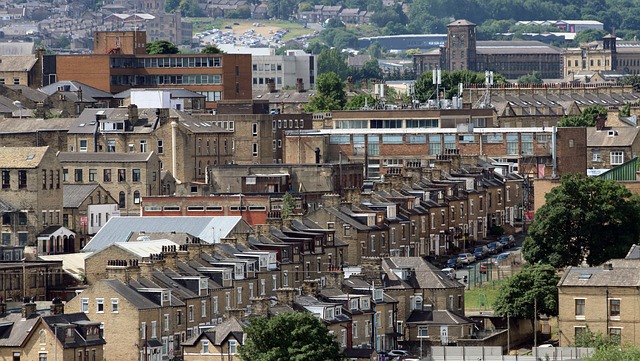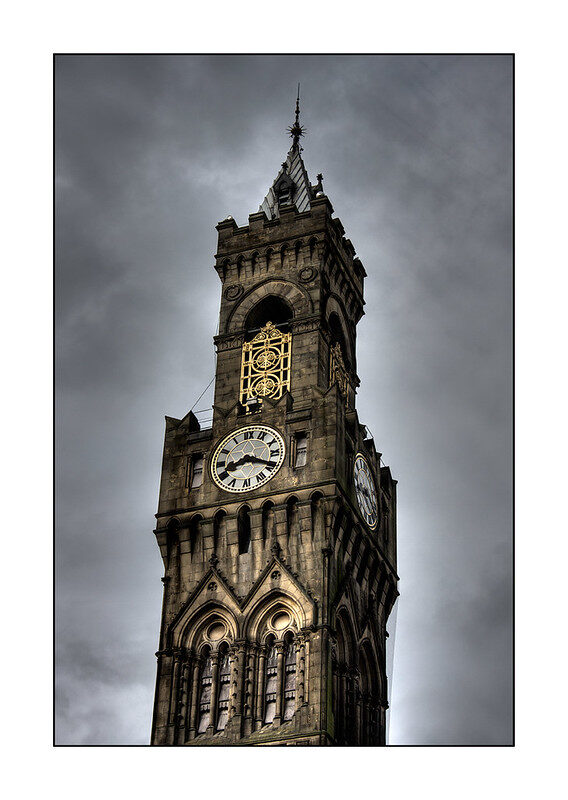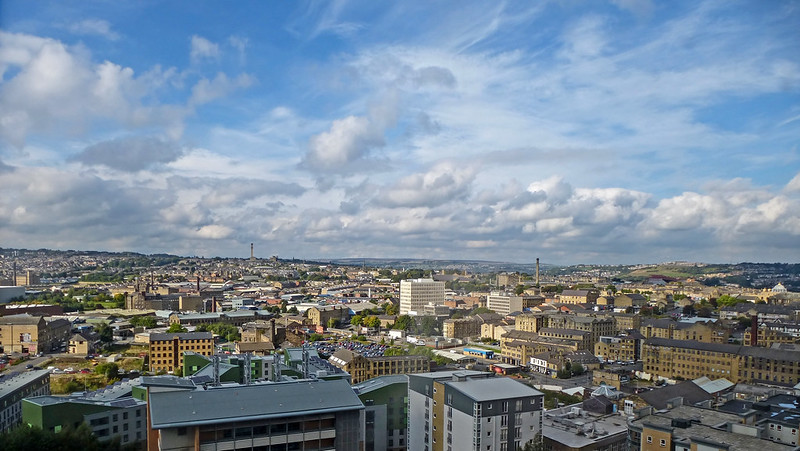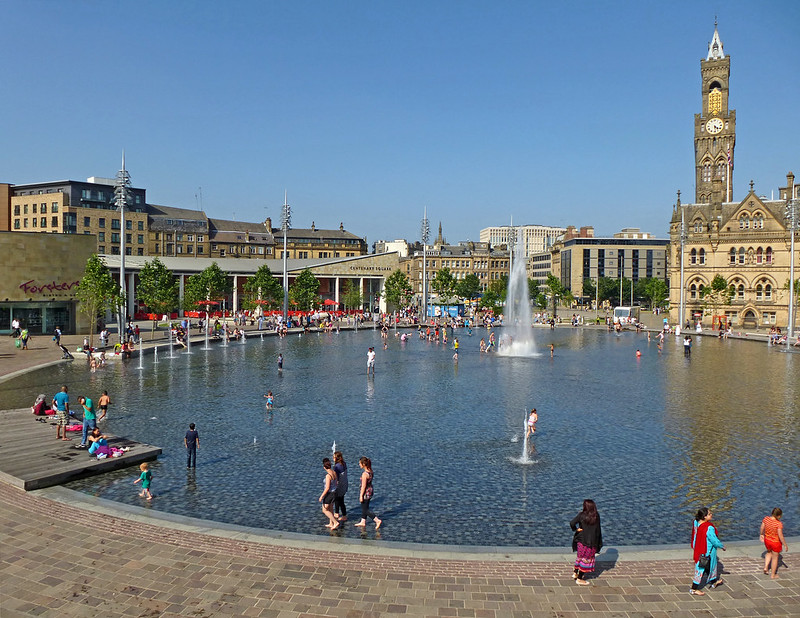Stephen Cirell considers considers the invaluable role a leading public health organisation has played in getting one city’s Clean Air Zone off the ground.
Air quality remains as one of the most serious health issues facing the UK today and awareness of the perils of air pollution is increasing rapidly.

The impact of transport on pollution levels has undoubtedly made the situation worse, with both gas emissions (principally nitrogen dioxide) and particulate matter (PM 2.5) both contributing to a range of serious health issues. Figures vary but up to 64,000 deaths per annum in the UK are linked to air pollution, causing asthma, heart disease, cancer and strokes.
The Government’s response to the deterioration of air quality (or the growing awareness of the impact of pollution) is considered lacklustre by many health professionals.
Yes, it has passed clear air legislation and set targets for reduction of both NO2 and PM 2.5. it is significant, however, that the UK targets have traditionally lagged well behind the World Health Organisation’s suggested maximum levels.
As things currently stand, the UK Air Quality Strategy of 2007, which provides the overarching strategic framework for air quality management in the UK is somewhat out of date. The Clean Air Strategy of 2019 is more up to date but the targets that need to be set under the Environment Act 2021 are still lacking.
Listen to Rosie McEachan from Born in Bradford discuss the launch of their Clean Air Zone on the latest episode of the Air Quality News podcast.
Under Government legislation, the limit of nitrogen dioxide (NO2) (which is a pollutant that is formed through the burning of fossil fuels) is 40 micrograms per cubic metre of air. The World Health Organisation suggested maximum had been 20 micrograms for some time but has recently been reduced by half to just 10 micrograms per cubic metre as the evidence of harm from this pollutant gets stronger.

The Government has yet to revise its own limits to bring them in line with World Health Organisation limits. More worryingly, areas of the UK are not even achieving a 40 micrograms level, now 4 times the World Health Organisation limit.
Bradford is a large city in West Yorkshire, which has a rich heritage and industrial past. It has inner city areas where the most deprived wards are located and where there are high levels of ethnic diversity and young people under the age of 16. As a result, air quality is of prime importance in Bradford and levels of pollution are high.
In 2018, the Government required over 30 local authorities under air quality legislation to take action to reduce air pollution in their areas. Bradford developed an air quality plan and decided upon reflection that the quickest way to reduce pollution levels (particularly nitrous oxides that were well over legal levels) was to introduce a Clean Air Zone.
It drew up plans and received nearly £40m of Government funding to help prepare the area for the Clean Air Zone, which was originally planned for early 2022 but like other areas, was ultimately delayed for a variety of factors. The plans were approved by the Council in March 2021 and the scheme has just come into effect at the end of September.
Bradford, of course, is not alone in developing a Clean Air Zone and areas such as Bath had gone before in this process. However, where Bradford is particularly noteworthy is in relation to its community engagement and its ability to measure the impact on health and wellbeing of the introduction of the scheme.

It can do this because of the ‘Born in Bradford’ programme which had already been running for some years. As the report ‘Research that Changes a City’ indicates:
“Born in Bradford began in 2007 with little funding but huge support from doctors, nurses, teachers and most important families in Bradford. In the last 10 years it has grown to become one of the biggest and most exciting studies in the world. Over 30,000 Bradfordians are part of this incredible research helping to push the frontiers of medical science
The Born in Bradford initiative is a health cohort ie a type of study that follows research participants over a long period of time, linked to a demographic area. It is run by the NHS Trust and had already been monitoring the general health and wellbeing of citizens in the area for some time and so is link to air quality was a natural progression.
The air quality matters are legally the preserve of the City Council and so a close partnership was developed with Born in Bradford to assist with the introduction of the new clean air measures. Two issues were paramount: the garnering of public support for the Clean Air Zone and the collation of data indicating what its real-life impact on the health of residents in the City actually is.
The first issue is centrally about awareness. In order for the public to accept measures included in a Clean Air Zone, there has to be an understanding of the problems of pollution in the area and their effect on health. Born in Bradford was already able to provide evidence of birth weights and health issues from its study group. Bearing in mind its close contact with that group, this provided a perfect mechanism for spreading the word on the pollution levels and the reasoning for the Clean Air Zone.

Born in Bradford published a report in August 2021 (Air Quality and the Clean Air Zone in Bradford – what do Bradford residents think?). This illustrated the value of this engagement work in that it was able to report that few people in Bradford thought that air quality was good with only 10% of respondent not concerned about it; predictably, therefore, nearly three quarters of the respondents supported the implementation of the Clean Air Zone, which was very helpful to the Council in its work to introduce it.
The second element, that of measuring its impact, is the subject of new study by the group called ‘Born in Bradford Breathes’. This initiative is a specific programme related to the Clean Air Zone. Under this the network will monitor the impact of the Clean Air Zone’s implementation.
For children, who are a key part of its study group, it will monitor 12 schools and 240 children. It used mobile air sensors for three months before the Clean Air Zone came into effect and this will continue for three months in the year after. The use of children to operate these monitors offers the side benefit of an educational boost and encouragement towards science careers.
More generally, the impact on lung, heart health and birth weight will be measured by comparing the health of over 500,000 Bradford residents in the three years before and three years after the Clean Air Zone is in place.
So the work of the Born in Bradford initiative on the introduction of the Clean Air Zone in Bradford looks certain to give a much clearer, evidence based picture of its impacts. Moreover, it allowed a deeper engagement with the public than has perhaps been achieved in the introduction of Clean Air Zones elsewhere.
Born in Bradford is rightly seen as a great success. It has turned citizens into scientists, helped people understand key health issues in the area and encouraged schoolchildren to consider careers in science.
However, its contribution to the data set of information on the true impact of Clean Air Zones will be closely watched not just in Bradford, but it cities across the UK and certainly by the Government too. The foresight that saw Born in Bradford established over a decade ago now looks certain to reap rewards in air quality that will endure well into the future.
Images: Stephen Capstick, Tim Green,












